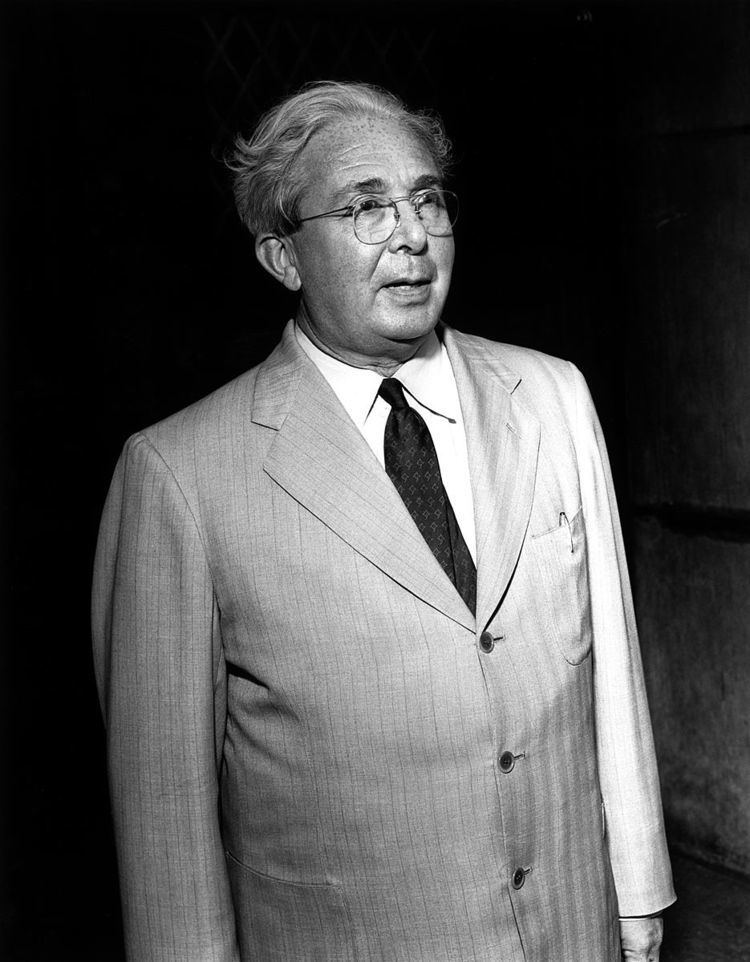 | ||
The Szilárd petition, drafted by scientist Leo Szilard, was signed by 70 scientists working on the Manhattan Project in Oak Ridge, Tennessee, and the Metallurgical Laboratory in Chicago, Illinois. It was circulated in July 1945 and asked President Harry S. Truman to consider an observed demonstration of the power of the atomic bomb first, before using it against people. However, the petition never made it through the chain of command to President Truman. It also was not declassified and made public until 1961.
Contents
Later, in 1946, Szilard jointly with Albert Einstein, created the Emergency Committee of Atomic Scientists that counted among its board, Linus Pauling (Nobel Peace Prize in 1962).
Petition excerpt
[W]e, the undersigned, respectfully petition: first, that you exercise your power as Commander-in-Chief, to rule that the United States shall not resort to the use of atomic bombs in this war unless the terms which will be imposed upon Japan have been made public in detail and Japan knowing these terms has refused to surrender; second, that in such an event the question whether or not to use atomic bombs be decided by you in the light of the considerations presented in this petition as well as all the other moral responsibilities which are involved.Reaction
In the spring of 1945, Szilard took the petition to the man who was soon to be named Secretary of State, James F. Byrnes, hoping to find someone who would pass on to President Truman the message from scientists that the bomb should not be used on a civilian population in Japan, and that after the war it should be put under international control in order to avoid a post-war arms race. Byrnes was not sympathetic to the idea at all. Szilard regretted that such a man was so influential in politics, and he appeared to also be despondent at having become a physicist, because in his career he had contributed to the creation of the bomb. After the meeting with Byrnes, he is quoted as having said, "How much better off the world might be had I been born in America and become influential in American politics, and had Byrnes been born in Hungary and studied physics." In reaction to the petition, General Leslie Groves, the director of the Manhattan Project, sought evidence of unlawful behavior against Szilard. Most of the signers lost their jobs in weapons work.
Signatories
The 70 signers at the Manhattan Project's Metallurgical Laboratory in Chicago, in alphabetical order, with their positions, were:
